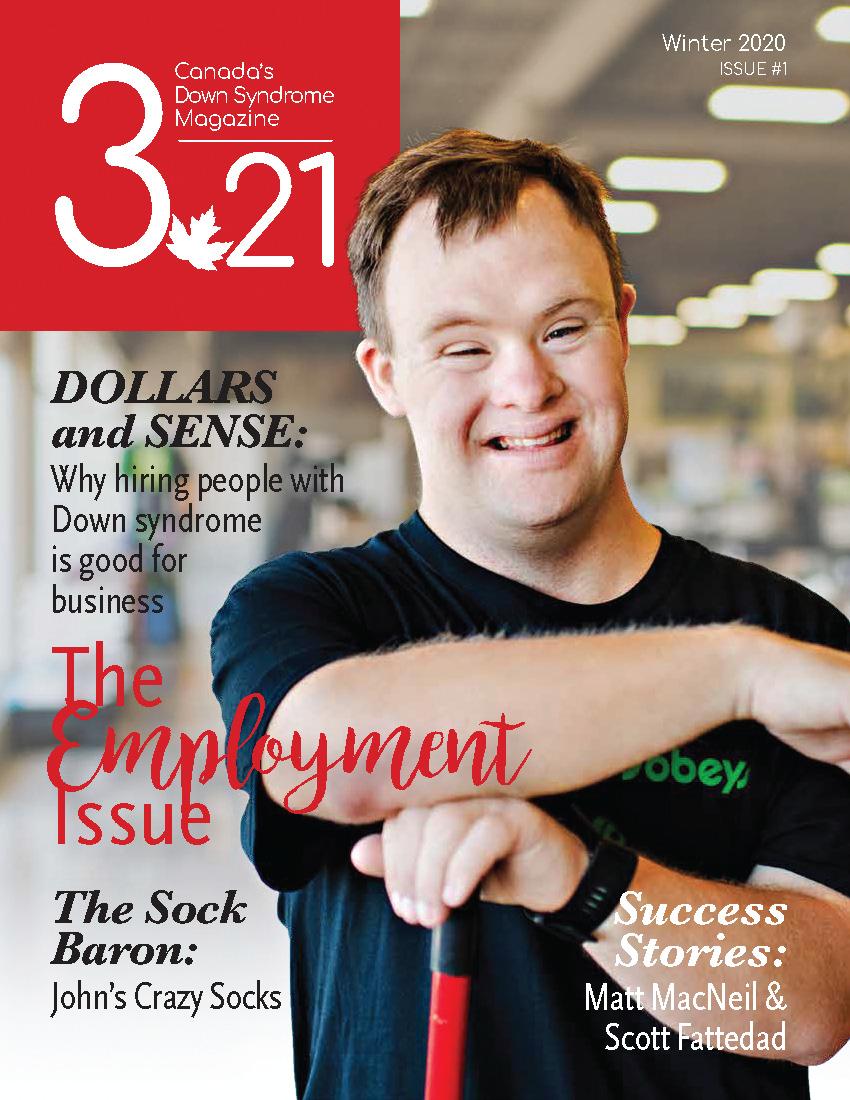Donor Report
Telling Their Stories Charities’ Magazines Connect With Communities And Donors
C
By Brendan Read
Compelling relevant content Magazines that succeed focus on taking full advantage of the channel, which is the ability to attract and engage with readers and with eye-catching design and images that draws them to 24
FOUNDATION Magazine
January/February 2020
in-depth content and keeps their interest. The format, particularly print publications, enables readers to easily flip back and forth and to pick up and resume reading again after putting it aside. But above all magazines have to stay relevant. The first issue of Ducks Unlimited Canada’s Conservator took flight 40 years ago, in winter 1980. Then it was glossy, four-colour, 12-page and in a newsletter format, stapled twice down the middle, said editor Leigh Patterson. Today it runs a hefty 48 to 64 pages of colour photography, catchy headlines and graphics and inspiring stories. The story topics today are similar to those back then, she said. But the conservation approaches are different. Ducks Unlimited Canada now has science, policy and education programs to inform and enhance its habitat conservation work. “Conservator must be relevant; it has to keep pace. It must engage our current supporters and future ones,” said Patterson. “The magazine must evoke emotion in our readers. It must tell stories about people Glen Hoos, DSRF director of communications. making a difference. It must share our science and our solutions for a better tomorrow. It must give readers the tips and tools they need to empower their personal conservation decisions. And it all must be delivered in a compelling, beautifully designed package that people want to open, explore and feel good about welcoming into their homes. It needs to be an experience.”
Courtesy Down Syndrome Resource Foundation
anadian not-for-profit organizations have been looking hard at the value of print and online magazines in their communications strategies. But while several publications have folded as a result, others have continued strongly even as their sponsoring organizations have tapped new channels. And several new magazines have appeared as their value is uncovered or rediscovered. Case in point, the Down Syndrome Resource Foundation (DSRF) and the Canadian Down Syndrome Society (CDSS) rolled out the inaugural issue of 3.21: Canada’s Down Syndrome Magazine in November 2019. The name comes from Trisomy-21, the genetic disorder that causes Down syndrome. The magazine is published quarterly and is primarily distributed online, with limited print runs for fundraising and for pickup by their offices’ visitors. 3.21 replaced DSRF’s Hand in Hand e-newsletter. It also marks the first time the CDSS has distributed a magazine since organization shuttered its publication about 10 years ago. “We were finding that our newsletter audience was more interested in general Down syndrome articles as opposed to organization updates; we were posting those updates on social media and as a result we were repeating that content,” said Glen Hoos, DSRF director of communications. “We and CDSS decided to create a magazine that would be a resource to the Down syndrome community.”
Excellent (and flexible) execution To execute a magazine well requires a close alignment between the publication and its audience, with top notch writers and photographers, with planning and the ability to respond to unforeseen changes. foundationmag.ca















